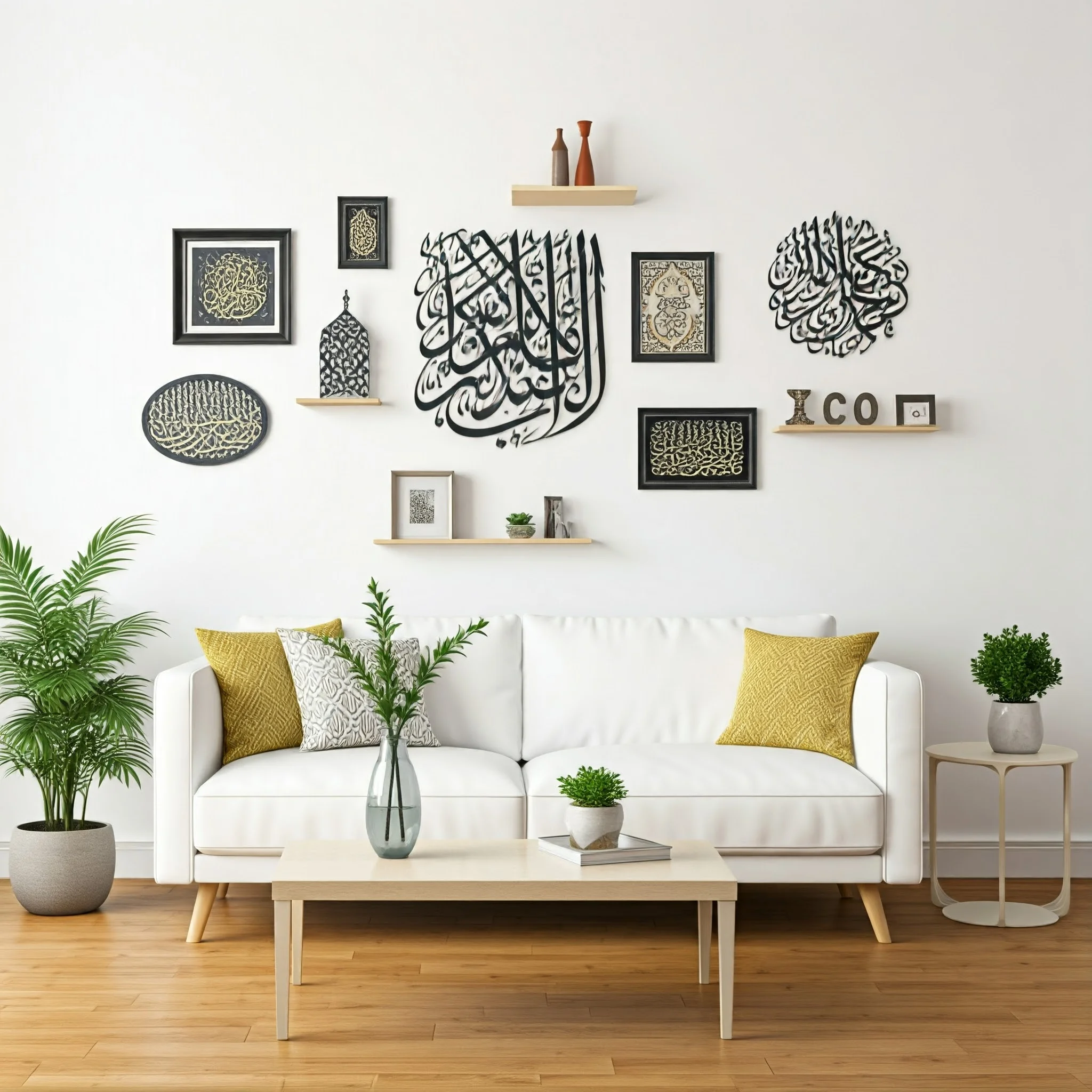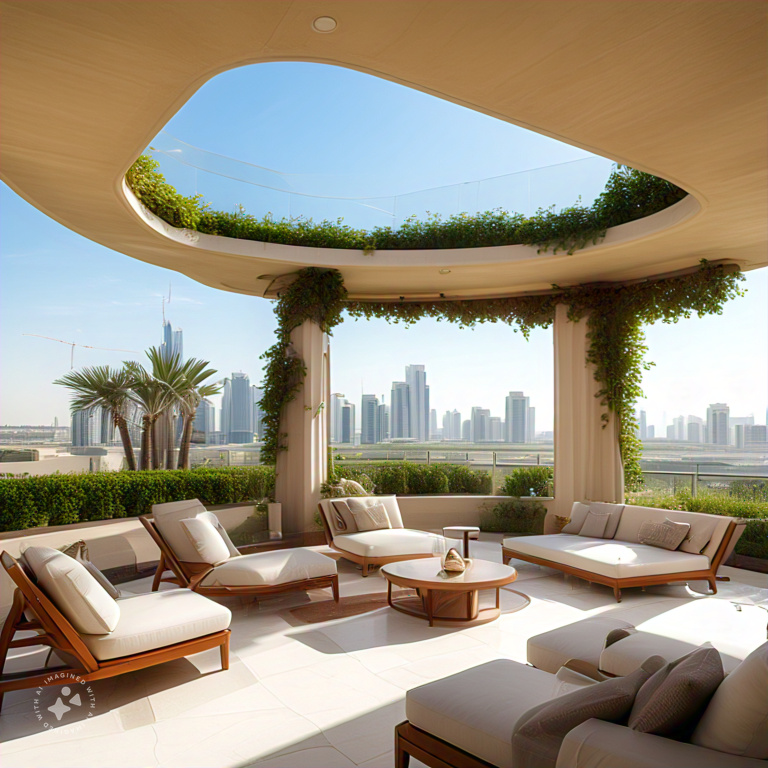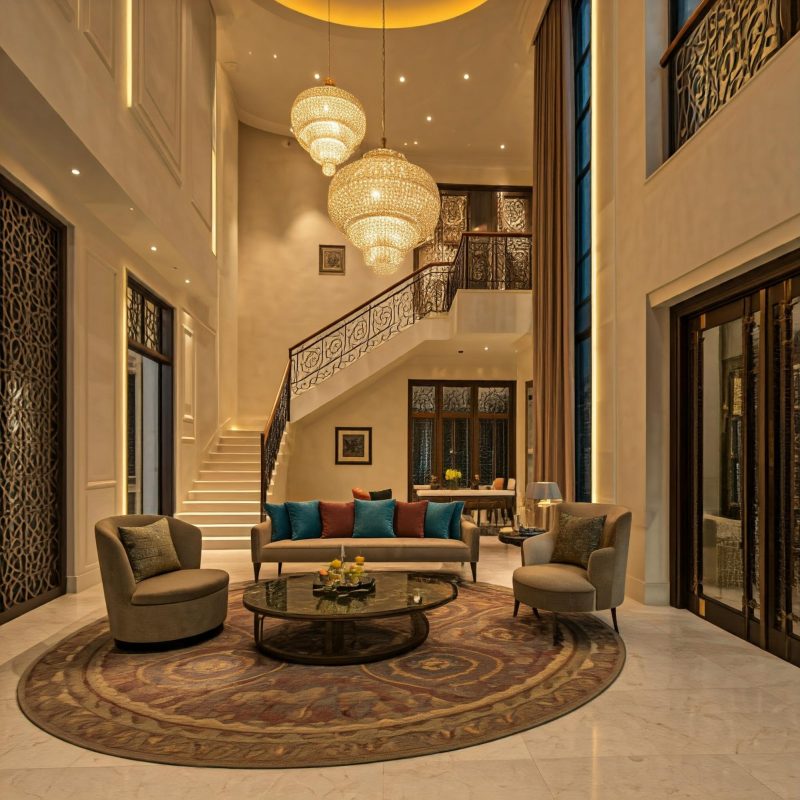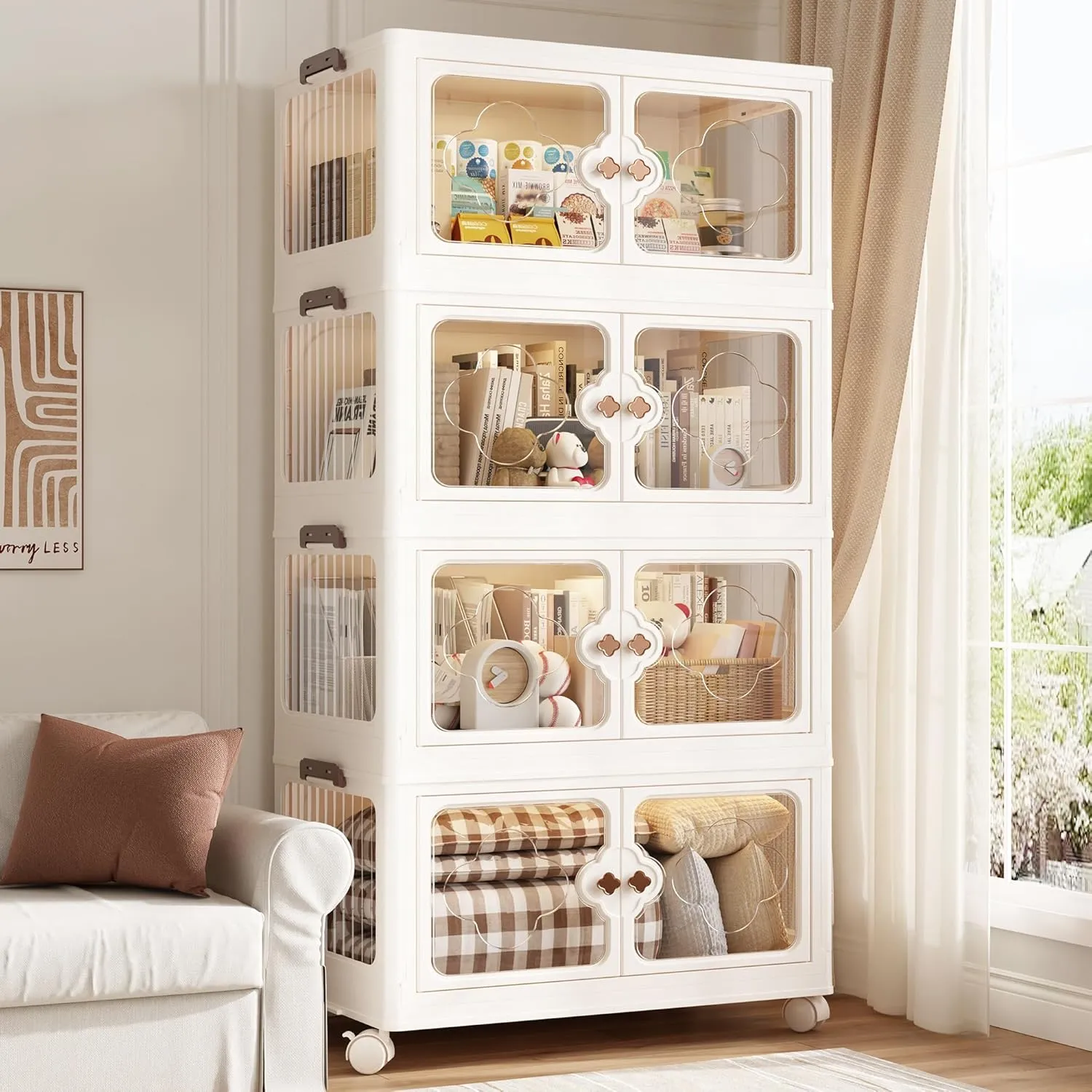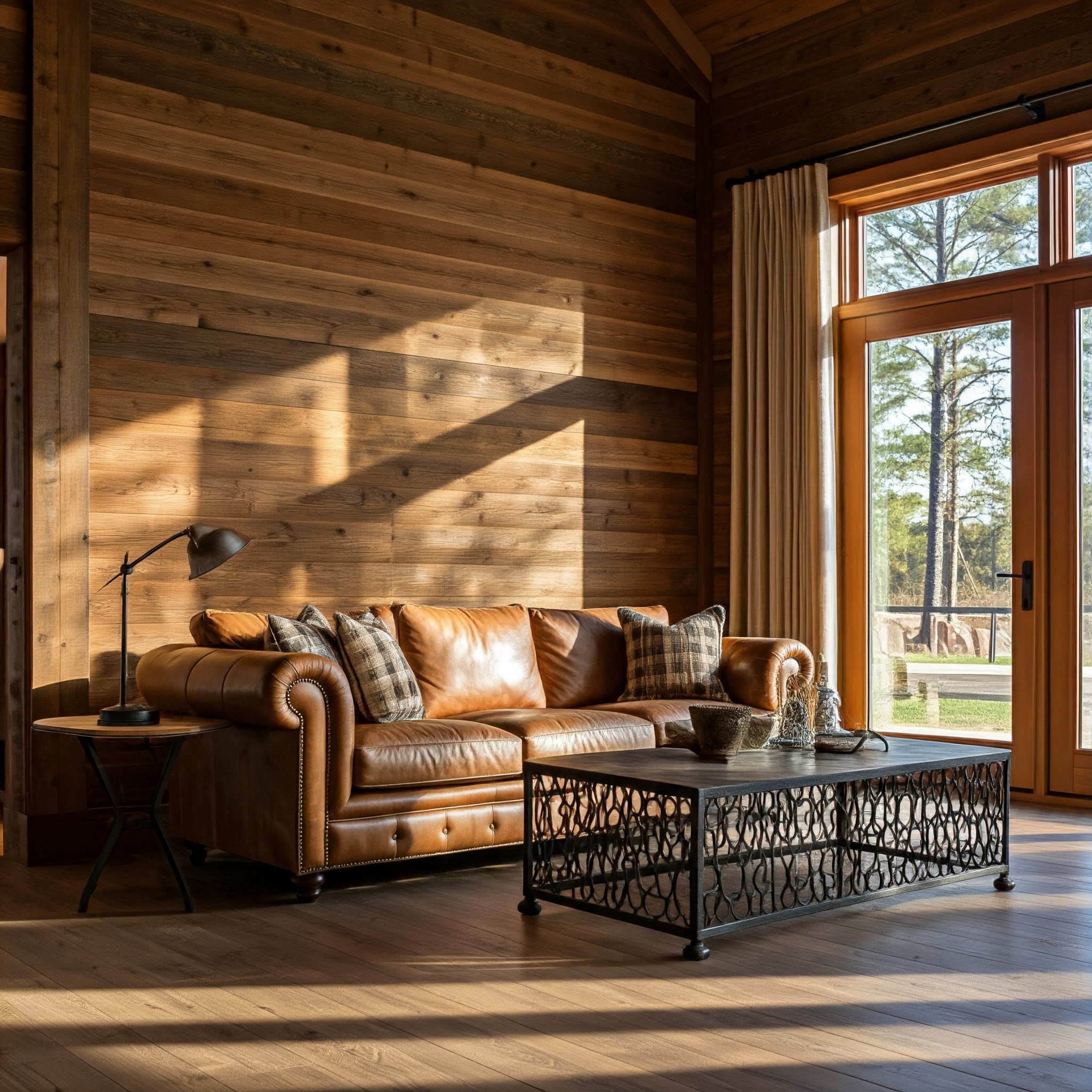Maybe you crave something more than just a typical lamp or chandelier to brighten up your home. Well, what if there was a way to design your home using light that’s not only sustainable but also magical? Welcome to the world of bioluminescent interior design a cutting-edge trend that’s not just for biologists and researchers anymore, but something you can introduce into your very own living space. The idea of incorporating glowing elements into your home can add not only aesthetic charm but also a sense of serenity. So, what exactly is bioluminescence, and why is it the next big thing for your home decor? Let’s dive in.
The Fascinating World of Bioluminescent Interior Design
Bioluminescence refers to the ability of certain organisms to produce light naturally through a chemical reaction within their bodies. In nature, this phenomenon is often seen in fireflies lighting up summer nights or the glowing plankton that illuminates oceans. These natural light sources occur due to the interaction of a molecule called luciferin with oxygen, catalyzed by an enzyme called luciferase. While bioluminescence has been around for millennia in the natural world, its use in interior design is relatively new and intriguing.
Key Points:
- Bioluminescence is a natural process found in many creatures and plants.
- This eco-friendly lighting solution is energy-efficient and requires no electrical grid.
- The gentle glow of bioluminescence can completely transform a room, offering both charm and functionality.
The Problem: Why Traditional Lighting Just Isn’t Cutting It
Let’s face it, most of us are used to switching on a lamp or turning on the overhead lights as soon as we enter a room. But while traditional lighting is ubiquitous, it’s not always the best solution. For starters, traditional artificial lights tend to be energy-hungry and costly. They can contribute to high utility bills, and their carbon footprint is undeniable. This reliance on electricity is not just financially draining but also environmentally damaging.
Key Points:
- Traditional lighting is energy-draining, leading to higher utility costs and a bigger environmental impact.
- Typical lighting solutions lack creativity and fail to offer personalized ambiance.
- Constant bulb burnouts and maintenance tasks make traditional lighting a hassle to maintain.
The Benefits of Bioluminescence in Interior Design
So why should you consider bioluminescent lighting for your home? Well, for starters, it’s an incredibly sustainable lighting option. Bioluminescent materials are energy-efficient, often requiring little to no electricity to maintain their glow. As many of us are becoming more eco-conscious, incorporating these elements into your home can reduce your reliance on energy-consuming light bulbs and contribute to a greener planet.
Key Points:
- It’s a sustainable, eco-friendly lighting option with a minimal carbon footprint.
- Offers a unique, calming glow that traditional lighting can’t replicate.
- Requires very little maintenance, reducing long-term costs and effort.
How Bioluminescence Works in Interior Design
Bioluminescence operates at a molecular level when certain compounds undergo chemical reactions to produce light. In nature, organisms like fireflies and some species of fungi produce bioluminescence to attract mates or lure prey. In interior design, this natural phenomenon is now being replicated using innovative materials and technologies.
Key Points:
- Bioluminescence involves a chemical reaction that produces light without heat.
- Synthetic bioluminescent materials are now widely available for interior design, mimicking the natural glow.
- Bioluminescent materials can be seamlessly integrated into walls, furniture, and flooring, offering versatile design options.
The Challenges of Incorporating Bioluminescent Design in Your Home
While the allure of bioluminescence is clear, it’s important to consider the challenges that come with integrating it into your home. One of the biggest concerns is the initial cost. Bioluminescent materials can be expensive, especially if you’re opting for custom-made or high-end products. However, the long-term savings can be substantial, considering that you won’t need to replace light bulbs or pay high energy bills.
Key Points:
- Bioluminescent materials may have a higher upfront cost but save money in the long run.
- Finding trustworthy and high-quality bioluminescent products can be tricky.
- Ensuring bioluminescent elements complement your existing home style can require careful planning.
How to Overcome the Challenges and Achieve the Perfect Bioluminescent Interior
You don’t have to break the bank to incorporate bioluminescent elements into your home. DIY projects, like painting a feature wall with bioluminescent paint, can be a cost-effective way to introduce glowing elements. You could also strategically place bioluminescent materials in accent areas, such as beneath furniture or in niches, to avoid a full-blown renovation.
Key Points:
- DIY bioluminescent projects offer a cost-effective way to get started with this design trend.
- Choose high-quality, reliable bioluminescent materials for long-term satisfaction.
- Incorporate bioluminescent accents into your existing decor to create a balanced, glowing atmosphere.
Practical Tips for Incorporating Bioluminescent Design into Your Home
One of the easiest ways to get started with bioluminescent design is by painting your walls and ceilings with glow-in-the-dark paint. You can choose a soft glow that enhances the room’s ambiance without overwhelming it, perfect for creating a peaceful bedroom or cozy living space. Another way to add a touch of bioluminescence is by incorporating glowing furniture. Chairs, tables, and shelving units with glowing accents can serve as functional and aesthetic pieces that brighten your space.
Key Points:
- Use bioluminescent paint on walls and ceilings to create a soft, ambient glow.
- Incorporate glowing furniture to enhance both function and aesthetics.
- Try bioluminescent accessories and outdoor features for a complete design overhaul.
The Future of Bioluminescent Interior Design
The future of bioluminescent design is incredibly exciting. As technology evolves, we may see bioluminescent materials that can adapt to changes in light, automatically adjusting their glow based on the time of day or your mood. Imagine a room that gets dimmer as the night falls, all thanks to smart bioluminescence. Additionally, innovations in self-charging materials could mean bioluminescent designs that charge during the day using natural light, making them even more eco-friendly.
Key Points:
- Future advancements could make bioluminescent designs even smarter and more energy-efficient.
- Bioluminescent materials that self-charge could revolutionize home lighting.
- Bioluminescent designs may become mainstream as people seek more eco-conscious living solutions.
Conclusion
Bioluminescence offers a new way to light up your home, creating a calming, unique, and sustainable environment that’s perfect for modern living. Whether you’re looking to add a soft glow to your bedroom or a radiant ambiance to your living room, bioluminescent design is the answer. Experiment with different ideas, integrate glowing elements into your existing decor, and watch as your home transforms into a space that’s both beautiful and energy-efficient.
FAQs
1. What exactly is bioluminescence?
Bioluminescence is the production and emission of light by living organisms, like fireflies or glowing algae, through a chemical reaction.
2. How does bioluminescence work in interior design?
Bioluminescence in design often uses synthetic materials like bioluminescent paint or LED lights to mimic the glowing effects of natural organisms.
3. Is bioluminescent lighting eco-friendly?
Yes, bioluminescent lighting is energy-efficient and reduces reliance on electricity, making it an eco-conscious choice for home decor.
4. Can I integrate bioluminescence into my existing home decor?
Absolutely! Bioluminescent accents, like glowing furniture or wall art, can be seamlessly added to any home style without clashing with your existing decor.
